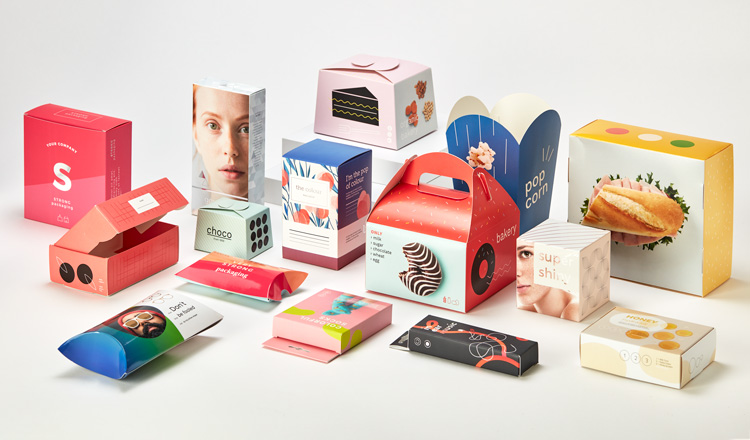In today’s rapidly evolving market, inks for flexible packaging play a crucial role in ensuring the aesthetic appeal and functionality of products. As industries strive to meet the demands of both sustainability and consumer preferences, understanding the importance of inks in this context becomes essential. Marketing professionals are increasingly focusing on the potential of flexible packaging to enhance brand recognition and drive sales.
The journey of inks within the realm of flexible packaging is fascinating and multi-faceted. With advancements in technology and growing environmental concerns, the printing industry is witnessing a transformative phase. This article delves into the various aspects of inks used in flexible packaging, highlighting their significance, challenges, and future trends.

The Role of Inks in Flexible Packaging
Inks are not just about adding color; they are about creating a visual identity for brands. The right choice of inks can significantly impact the effectiveness of flexible packaging, influencing consumer purchasing decisions. The packaging design, enhanced by vibrant and durable inks, serves as a silent salesman on store shelves.
Key Features of Inks for Flexible Packaging
When it comes to flexible packaging, inks must possess certain characteristics to ensure quality and performance. These include:
- Adhesion: Ensuring inks adhere well to the substrate.
- Durability: Withstanding various environmental factors.
- Vibrancy: Maintaining color consistency and brightness.
- Sustainability: Environmentally friendly formulations.
Technological Advancements
Recent technological advancements have paved the way for innovative ink formulations that cater to the specific needs of flexible packaging. These innovations include water-based, UV-curable, and solvent-based inks, each offering unique benefits and applications.
Challenges in the Ink Industry
The ink industry faces several challenges, particularly in the context of flexible packaging. These challenges include balancing cost-effectiveness with quality, ensuring sustainability, and meeting regulatory standards for food safety. As consumers become more environmentally conscious, the demand for sustainable inks continues to rise.
Sustainability in Ink Formulations
One of the most significant challenges is the development of inks that are both effective and environmentally friendly. Companies are investing in research to create eco-friendly inks that reduce the carbon footprint of packaging materials.
Regulatory Compliance
Compliance with regulatory standards is crucial, especially for food packaging. Inks must be formulated to prevent contamination and migration of harmful substances into food products. For more on this topic, check out our article on migration-safe inks.
Future Trends in Flexible Packaging Inks
The future of inks for flexible packaging looks promising, with trends leaning towards increased customization, enhanced functionality, and improved sustainability. The integration of digital printing technologies is expected to revolutionize the industry, offering greater flexibility and efficiency.
Customization and Personalization
As brands seek to create personalized experiences for consumers, the demand for customizable packaging solutions is on the rise. Inks play a pivotal role in enabling this trend, allowing for vibrant and intricate designs that resonate with individual preferences.
Functional Inks
Functional inks, such as those with antimicrobial properties or those that change color in response to temperature changes, are gaining popularity. These inks not only enhance the visual appeal of packaging but also add practical benefits, enhancing the overall consumer experience.
Conclusion
In conclusion, inks for flexible packaging are a vital component of modern packaging solutions. As the industry continues to evolve, the focus on sustainability, innovation, and consumer engagement will drive the development of new ink formulations and technologies. Marketing professionals must stay informed about these trends to leverage the full potential of flexible packaging in their strategies.

FAQs
What are flexible packaging inks?
Flexible packaging inks are specialized formulations used in the printing of flexible packaging materials. They are designed to adhere to a variety of substrates, providing durability and vibrancy while meeting specific industry standards.
How are inks for flexible packaging made?
These inks are typically formulated using a combination of pigments, binders, solvents, and additives. The composition varies based on the intended application and the desired properties, such as adhesion, gloss, and resistance to environmental factors.
Why is sustainability important in ink formulation?
Sustainability is crucial as it reduces the environmental impact of packaging materials. Eco-friendly inks help decrease the carbon footprint, aligning with consumer demand for greener products and regulatory requirements.
For more insights into ink safety and sustainability, visit edible ink safety and low migration inks.
This article contains affiliate links. We may earn a commission at no extra cost to you.






